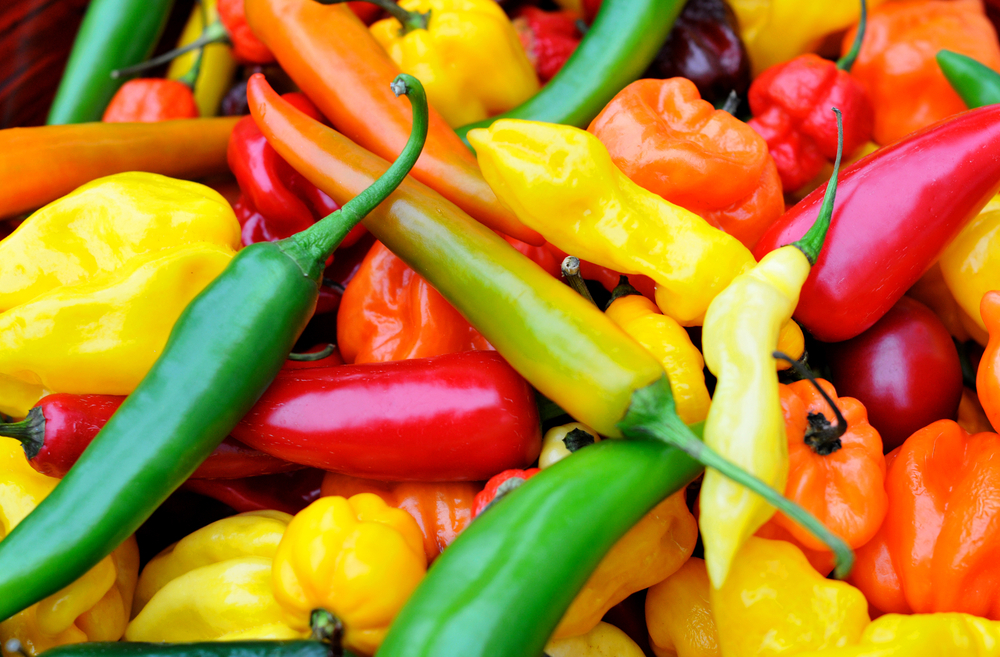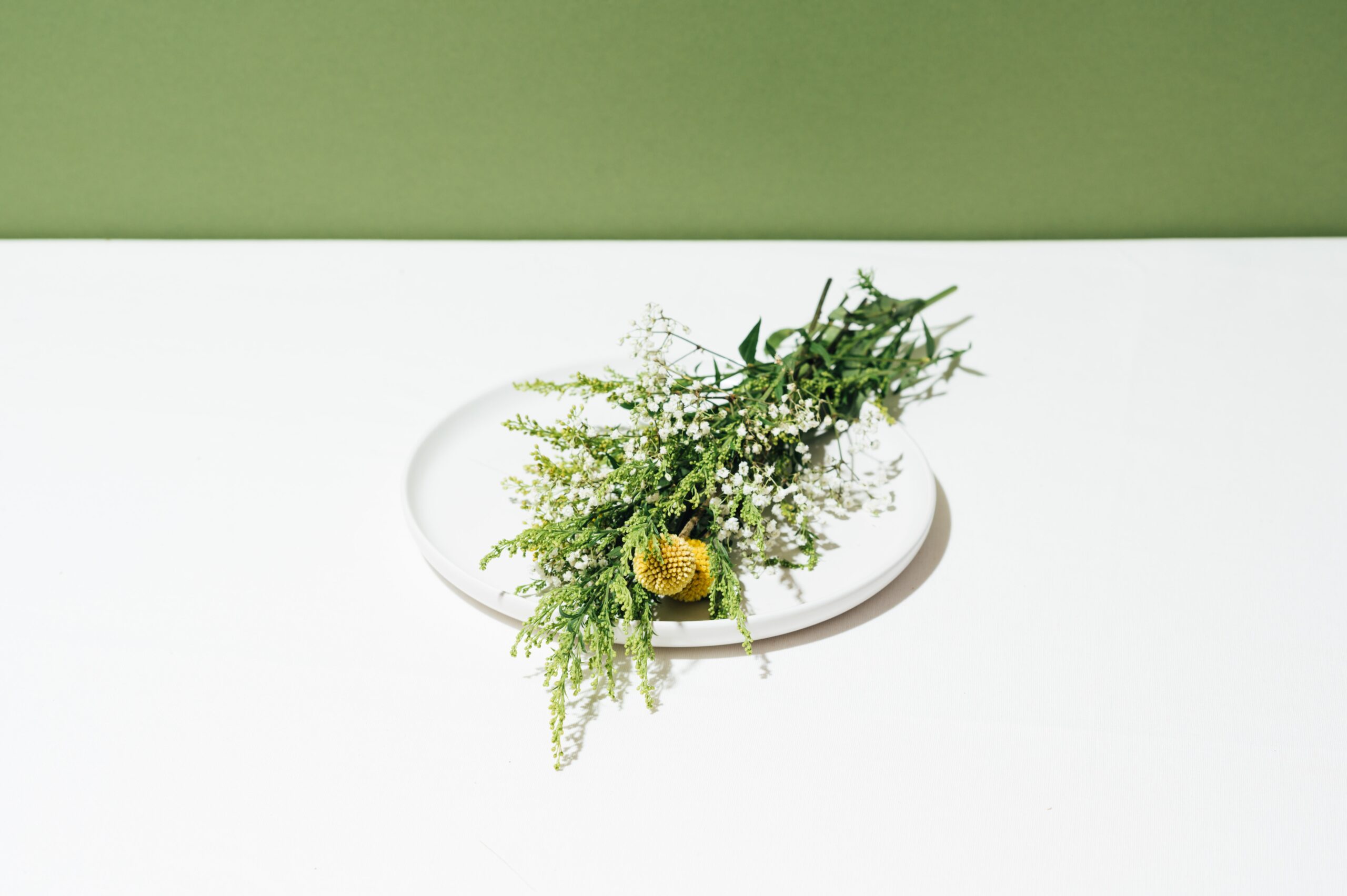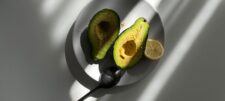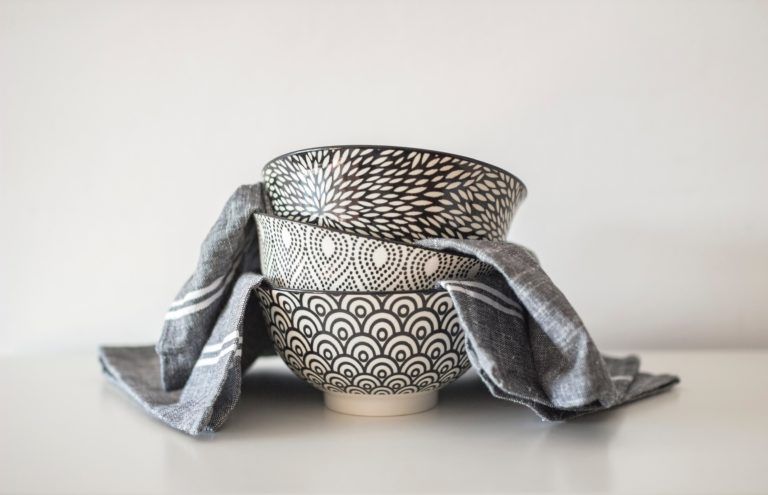Many of us, who can handle and who enjoy the heat, love chili peppers for the way they can enhance the flavors of our food. But if we look a little further into a chili pepper’s unique repertoire, you can see that in some ways – the chili pepper embodies the very nature of the Yin and Yang symbol. Not only can they function as a medicine but they can also be used as a weapon (pepper spray used for self defense, during riots, so on.)
There almost seems to be an endless list of the ways chili peppers can be used, other than consumption. They are a natural and safe way to protect crops from vermin, dogs and elephants by adding it to feed or lining the perimeter of crops. From topical slaves to reduce pain to chili eating contests and the legendary 90’s rock band, chili peppers attract millions of people worldwide.
Fun fact about chilis peppers: they have been a part of the human diet in the Americas since at least 7500 BC. Some historians credit Chrisopher Colombus for stumbling upon peppers in the Caribbean and disseminating them throughout Europe and the East through trade routes. Today chilies are at the core of many cuisines worldwide, namely Asian and South American cuisines.
Medicinal Uses
When capsaicin touches the skin it creates a numbing effect, which is why it is used in topical ointments, dermal patches and nasal spray to temporarily relieve pain. This can be used to treat arthritis, psoriasis, muscle strain and peripheral neuropathy.
In Traditional Chinese medicine chili peppers are considered Yang in nature because they are hot and stimulate heat within the body. Taken internally peppers are effective for the treatment of “exterior” conditions such as the common cold. Cayenne pepper has been traditionally used to create a sweat at the onset of a cold. An early sweat can help release the pathogen and prevent the cold from settling in.
Additionally, chili peppers and spicy food in general is considered tonifying for people who tend to be cold, sluggish, phlegmy… eating chili peppers can stoke the digestive fire and increase metabolism.
Aesthetics
The Calabrese region of Italy boasts the Calabrian pepper affectionately dubbed the Devil’s Kiss, which has been appropriated into a pendant called a “cornicello”. Some people consider the “cornicello” to be a horn and others a calabrian pepper. Either way, the pepper is used a kind of talisman to ward off evil spirits.
This is one of my favorite Italian American symbols, as a kid growing up in the Bronx in the late 80’s Red peppers dangled from the rearview mirrors of cars…(mostly IROCs or cars of a similar nature). Of Italian American decent myself, I began donning a pepper in high school and have been wearing one on and off ever since. The pepper is a big part of my life both past and present.
To eat a great meal and sense both pleasure and pain in one dish is what some people (myself included) consider real gastronomic pleasure. I personally love when my mouth feels like it will ignite into flames…as my heart rate increases and I start sucking air through pursed lips and beads of sweat accumulate on my forehead, I think “aaah…I’m alive”. I can’t help but enjoy the little bit of torture, it’s that little bit of reality that sharpens my focus and helps me remain on my toes. Since adrenalin rich sports have taken a back burner in my life, habanero-rich meals help keep the day-to-day a little more dicey.
Measuring the Hotness of a Chili
The hottest portion of the chili pepper is the white membrane, or placenta, that surrounds the seeds. This protective sheath keeps mammals from destroying the seeds in the wild whilst they do not affect birds at all, which helps spread the seed. The placental portion contains capsaicin that has been identified as a compound that elevates the body temperature, produces sweating and increases heart rate. Capsaicin in the eyes and nose produces extreme discomfort, which is what makes it effective for crowd control.
Chilis are so hot that they are graded on an international scale called the Scoville Scale. The Scoville number refers to how much dilution would be needed to render the heat imperceptible. Currently the world’s hottest chili peppers are ghost peppers, at 2.1 million Scoville Heat Units! Hot!
Just to put this into perspective, Jalapeño peppers measures 5,000 – 15,000 SHU. In other words, the Jalapeno could be pulverized and used as baby food compared to the aforementioned chilis. These peppers listed above are pure gut wrenching, havoc-wreaking torture that create legends (or ER patients) at chili eating contests worldwide. Alternatively, these peppers are used as non-lethal weaponry such as the Bhut Jolokia grenades used by India’s Defense Ministry against protesters in Kashmir.






